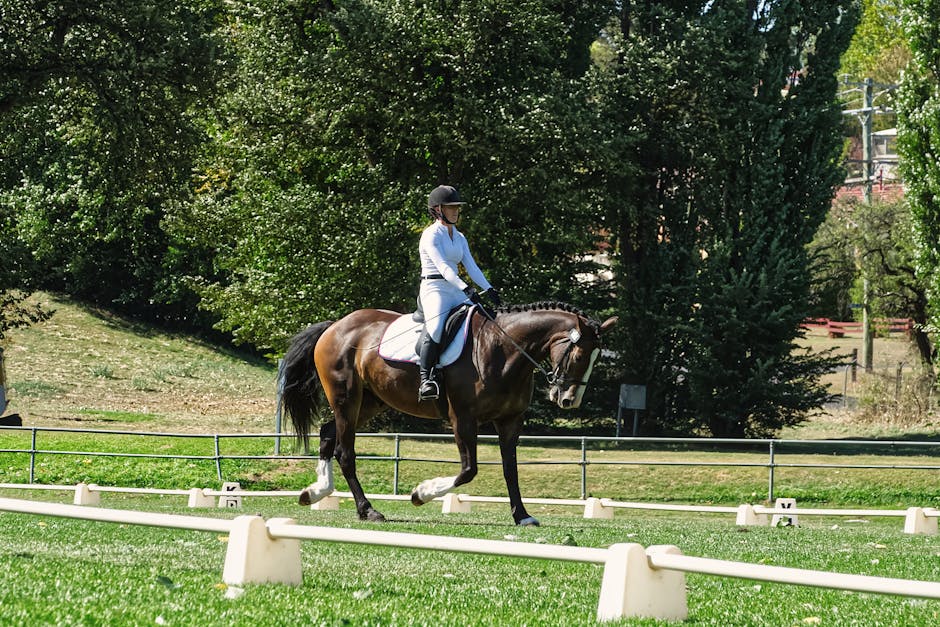Enhance Your Pet’s Training: Discover the Role of Soundscapes
Imagine a world where the right sound can transform your dog's persistently barking into gentle attentiveness or turn your timid cat into a confident explorer. The role of soundscapes in enhancing your pet’s behavior isn't just an intriguing concept—it's a transformative tool backed by science that can significantly impact training success. By understanding how different auditory environments influence our furry friends, you can create a more enriching and effective training experience.
Understanding the Power of Sound
Sound is an often-overlooked component of pet training, yet it plays a critical role in shaping behavior. Pets are highly attuned to their auditory environment, responding not only to vocal commands but also to the subtler qualities of the sounds around them. Research has shown that different soundscapes elicit various emotional responses in animals. For instance, classical music can have a calming effect, while upbeat tunes can stimulate excitement and energy.
According to a study published in the Journal of Veterinary Behavior, classical music was found to significantly reduce stress in dogs housed in shelters. This suggests that incorporating soothing sounds can help create an ideal training atmosphere by minimizing anxiety.
The Science of Auditory Stimuli
The relationship between sound and emotion isn't just limited to humans; pets respond to auditory stimuli in profound ways. For example, the frequency and volume of sounds can impact your pet's ability to focus during training sessions. A study by the Animal Cognition Journal indicated that dogs could distinguish differences in sound frequencies and adapt their behavior accordingly. This sensitivity means that the right sound can enhance your pet’s responsiveness to commands.
One fascinating aspect of auditory stimulation is its ability to evoke memories. Just as a particular song can take you back to a cherished moment, a certain sound can remind your pet of positive experiences. By incorporating soundscapes into training methods, you can harness these psychological responses to reinforce good behavior, making training sessions more effective and enjoyable.
Creating a Tailored Sound Environment
Nature Sounds for Calmness

There’s something inherently soothing about the sounds of nature. Whether it's the chirping of birds, rustling leaves, or gentle rain, these sounds can create a calming background that helps pets relax during training. Consider nature soundscapes when your pet seems anxious or distracted. You might be surprised at how quickly they settle into a focused mood.
When introducing nature sounds, you can use a recorded playlist or a smart speaker. Programs such as Spotify even offer playlists specifically designed for pets. Try this during times when you need your pet to concentrate, and observe how their behavior changes!
Classical Music: A Soothing Influence

The benefits of classical music in reducing pet anxiety are well-documented. Not only does it help in calming pets during stressful situations like thunderstorms or fireworks, but it can also improve concentration during training. Classical compositions have a unique structure, often crafted to stir emotions and create an ambiance conducive to learning.
For effective implementation, consider playing soft classical music during your training sessions. A calm auditory backdrop can ease distractions, allowing your pet to focus on the commands you’re giving them. You can explore the concept further in our piece on music playlists for pets, which discusses selecting tailored songs for different training moods.
White Noise as a Distraction Reducer

Sometimes, the world outside can be overwhelming for pets, making training sessions less effective because of external distractions. In such cases, white noise can be a handy tool. This steady, unobtrusive sound can mask distractions and create a more centered environment for training.
Using white noise machines or smartphone applications can help establish a consistent sound backdrop that feels safe and familiar to your pet, allowing them to focus more on your training commands. If noise sensitivity is a concern in your home, consider incorporating white noise into your routine, perhaps during designated training times.
Curating a Personalized Sound Playlist

To maximize the benefits of soundscapes in training, creating a curated playlist that aligns with your pet's personality and emotional needs is essential. Start by observing their reactions to different sounds—do they perk up at a specific type of music or show a calming response to nature sounds? Using platforms like Spotify or YouTube, put together various sound playlists that you can easily switch between based on your pet’s mood or training goals.
Don’t hesitate to let creativity flow—mix classical tracks with nature sounds, soft guitar melodies, or gentle piano music to discover what resonates with your furry companion. By continuously personalizing your playlists, you can keep your training sessions fresh and engaging.
Practical Applications: How to Use Soundscapes in Training

Create a Routine

Establishing a routine can help your pet associate training sessions with a specific auditory environment. For example, begin each training session by playing your selected soundscapes at the same volume and time. Over time, your pet will learn to connect these sounds with the positive experiences of training.
Observe and Adapt

Every pet is unique; what works for one may not work for another. Documenting your pet's reactions to various sounds can help you refine your approach. Keep track of which soundscapes boost their mood and focus or help ease anxiety. Being in tune with your pet allows you to adjust effectively, maximizing training success.
Reward and Reinforce

Using sound as a tool for reinforcement can heighten the effectiveness of your training sessions. For instance, if your pet responds well to a particular sound, consider pairing that with treats or praise to encourage desired behaviors. It’s a simple yet effective way to condition positive associations with both commands and sounds.
Implementing Sound During Specific Commands

When introducing new commands, consider using soundscapes that align with the desired behavior. For example, if teaching your dog to remain calm when guests arrive, play calming classical music during the practice. Conversely, if your pet requires an energy boost for more active training, an upbeat tempo may set the right tone.
The Emotional Connection: Sound and Pets' Well-Being

Understanding your pet’s emotional responses to sound can deepen the bond you share. Engaging with them through tailored sounds provides more than training outcomes; it also nurtures emotional health. Regular interaction with soundscapes can lead to a calmer, more balanced pet, making your home environment more joyful.
In our article, fostering emotional intelligence in pets discusses how empathy in training techniques enhances the human-animal bond, emphasizing the importance of understanding your pet’s feelings in their overall well-being.
Next Steps: Tailor the Sound Journey

Harnessing auditory environments for pet training represents an innovative approach to enhancing behavior and building deeper connections.
-
Experiment with Sound: Take note of how your pet reacts to various soundscapes during training sessions. Your observations can be the key to finding a personalized method that works best for them.
-
Develop a Regular Playlist: Dedicate time each week to adjust your sound selections based on your pet’s responses and mood changes.
-
Integrate with Other Techniques: Consider combining auditory training with visual aids or physical rewards, integrating techniques outlined in positive reinforcement methods to optimize the training experience.
-
Monitor Changes: Keep an eye on your pet’s behavior as you introduce soundscapes into their daily routine. Documenting progress can help highlight any improvements in focus and anxiety levels.
-
Connect Beyond Training: Use soundscapes not only during training but also as a part of your pet's daily life. This objective reinforces the idea that their environment can be a calming or energizing space.
Final Thoughts
The role of soundscapes in enhancing your pet’s behavior is a fascinating tool that, when used thoughtfully, can elevate the training experience. By understanding the powerful emotional connections pets have with sound, you're empowered to create an enriched environment that fosters learning, calm, and joy. Whether it’s through soothing melodies or lively beats, the right auditory backdrop can transform the way your pet engages with the world and you.
Explore further with articles on soundscapes and immersive training technologies to continue enhancing your understanding of your furry friends.






